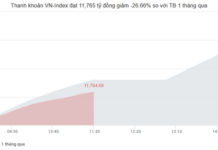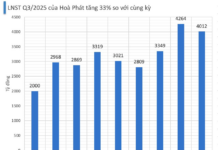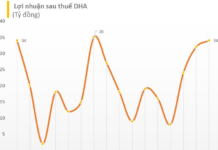What is Online Lending?
Article 463 of the 2015 Civil Code provides regulations on asset lending contracts as follows:
“Article 463. Asset Lending Contract
An asset lending contract is an agreement between parties, in which the lender transfers the asset to the borrower; upon maturity, the borrower must repay the lender with the same type of asset in the same quantity and quality, and interest is payable only if there is an agreement or the law so provides.”
Thus, online lending involves borrowing money through a loan contract. The signing of the loan agreement is done through the internet or via online lending applications.
Online lending applications are essentially unsecured loan applications, where borrowers do not need to provide collateral, and lenders rely on the borrower’s credibility, income, and repayment capacity.
With online lending, all registration and payment procedures are completed quickly and conveniently on a computer or mobile phone, making it simpler than traditional lending methods.
Risks of Online Lending

Online lending carries hidden risks. (Illustrative image)
Nowadays, many people, especially the youth, opt for online lending through apps for their consumption needs due to its fast disbursement and simple procedures. However, aside from its advantages of speed and convenience, this form of lending also carries significant risks. In reality, numerous individuals have fallen victim to this service, even requiring police intervention for assistance.
High-interest rates
Numerous cases have been reported where customers, after completing the registration and loan application process for online lending, discover unexpected increases in their borrowing costs. They find that the interest rate on the contract differs, often higher, from what was advertised online. Consequently, borrowers end up paying exorbitantly high monthly interest charges, far exceeding those of traditional loans.
Unclear Additional Charges
Aside from the issue of interest rates, unexpected additional charges pose one of the most significant risks of online lending. Borrowers often find that numerous unforeseen charges are added to their loan after disbursement, which they were not informed about beforehand.
Mounting Debt
Due to high-interest rates and numerous additional charges, borrowers may find themselves burdened with enormous loan amounts that exceed their repayment capacity. As a result, they default on their loans, damaging their credit history and losing the opportunity to borrow from other financial institutions.
Fraud and Information Theft
After providing personal information to online lending platforms, customers may become victims of information theft, as their data can be sold to other parties for profit or used for fraudulent activities.



































